Hanoi After running 5 km, the 29-year-old man felt dizzy, then fell into a coma, and was diagnosed with heat stroke by the doctor.
Test results at the 108 Military Central Hospital showed that the patient had increased liver enzymes, kidney failure, thrombocytopenia, and decreased blood clotting function. The patient's body temperature was controlled, he received intravenous fluids, and electrolyte replacement. Currently, the function of the organs has recovered, leaving no sequelae.
On June 8, Dr. Pham Dang Hai, Deputy Head of the Department of Internal Resuscitation and Anti-Poisoning, said that the man had received proper and timely emergency care, thus avoiding unfortunate consequences. However, Mr. Hai emphasized that heatstroke on hot days is potentially dangerous.
Heat stroke can be divided into two types: classic heatstroke and exertional heatstroke. Classic heatstroke often occurs in the elderly, debilitated people, children, people with cardiovascular disease, neurological disease or endocrine disorders, occurring after passive exposure to a high temperature environment for many hours or days.
Exertional heat stroke occurs in young, healthy people with normal thermoregulation and occurs after exposure to elevated environmental temperatures and due to heat production during exercise or exertion.
The consequences of heat stroke are multiple organ damage including the central nervous system, respiratory system, circulatory system, liver, kidney and hematology system, causing rapid multiple organ failure if not treated promptly, even death.

After a week of treatment, the patient's organs recovered function, leaving no sequelae. Photo: Provided by the hospital
Some signs include disturbances of consciousness such as coma, seizures; respiratory disorders such as difficulty breathing, respiratory failure; cardiovascular disorders such as irregular heartbeat, hypotension, oliguria, accompanied by fatigue, headache, flushing, possible vomiting, diarrhea, body temperature above 40 degrees Celsius, hot and dry skin.
When a patient has heat stroke, the first aid provider needs to take the victim out of the hot environment, move them to a cool, shady area, remove their clothes, and place ice packs on the groin, armpits, and neck.
"Cooling down the body temperature by all means should be done, but it should not hinder the transport of the patient to the nearest medical facility. It is advisable to transport the patient in an air-conditioned vehicle or with the windows open, while transporting and cooling down," said Dr. Hai.
Le Nga
Source link


![[Photo] "Beauties" participate in the parade rehearsal at Bien Hoa airport](https://vstatic.vietnam.vn/vietnam/resource/IMAGE/2025/4/11/155502af3384431e918de0e2e585d13a)

![[Photo] Looking back at the impressive moments of the Vietnamese rescue team in Myanmar](https://vstatic.vietnam.vn/vietnam/resource/IMAGE/2025/4/11/5623ca902a934e19b604c718265249d0)





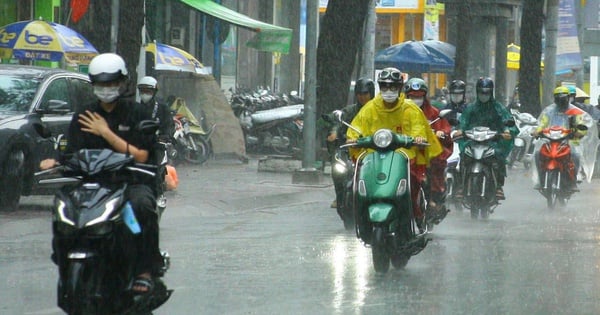






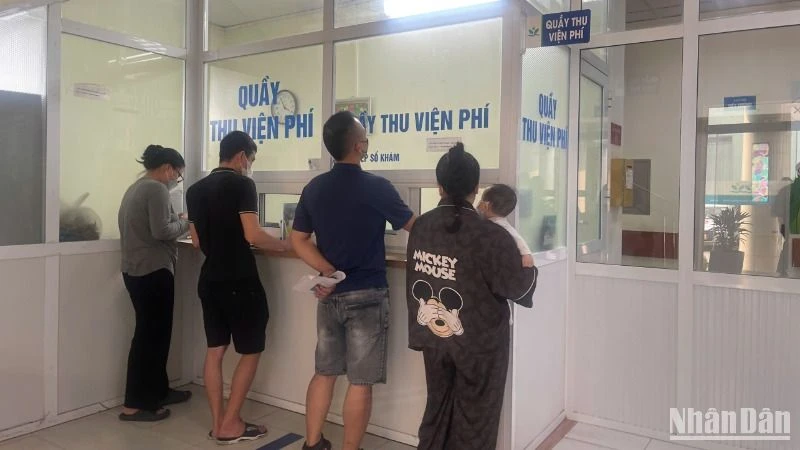
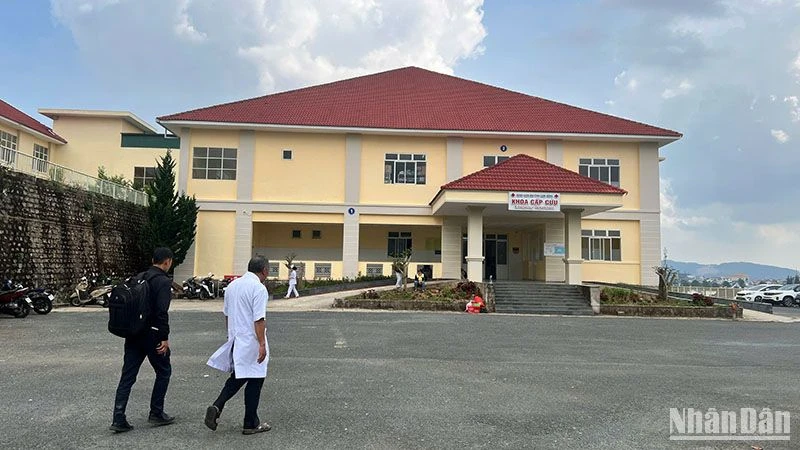













![[Photo] Summary of parade practice in preparation for the April 30th celebration](https://vstatic.vietnam.vn/vietnam/resource/IMAGE/2025/4/11/78cfee0f2cc045b387ff1a4362b5950f)














































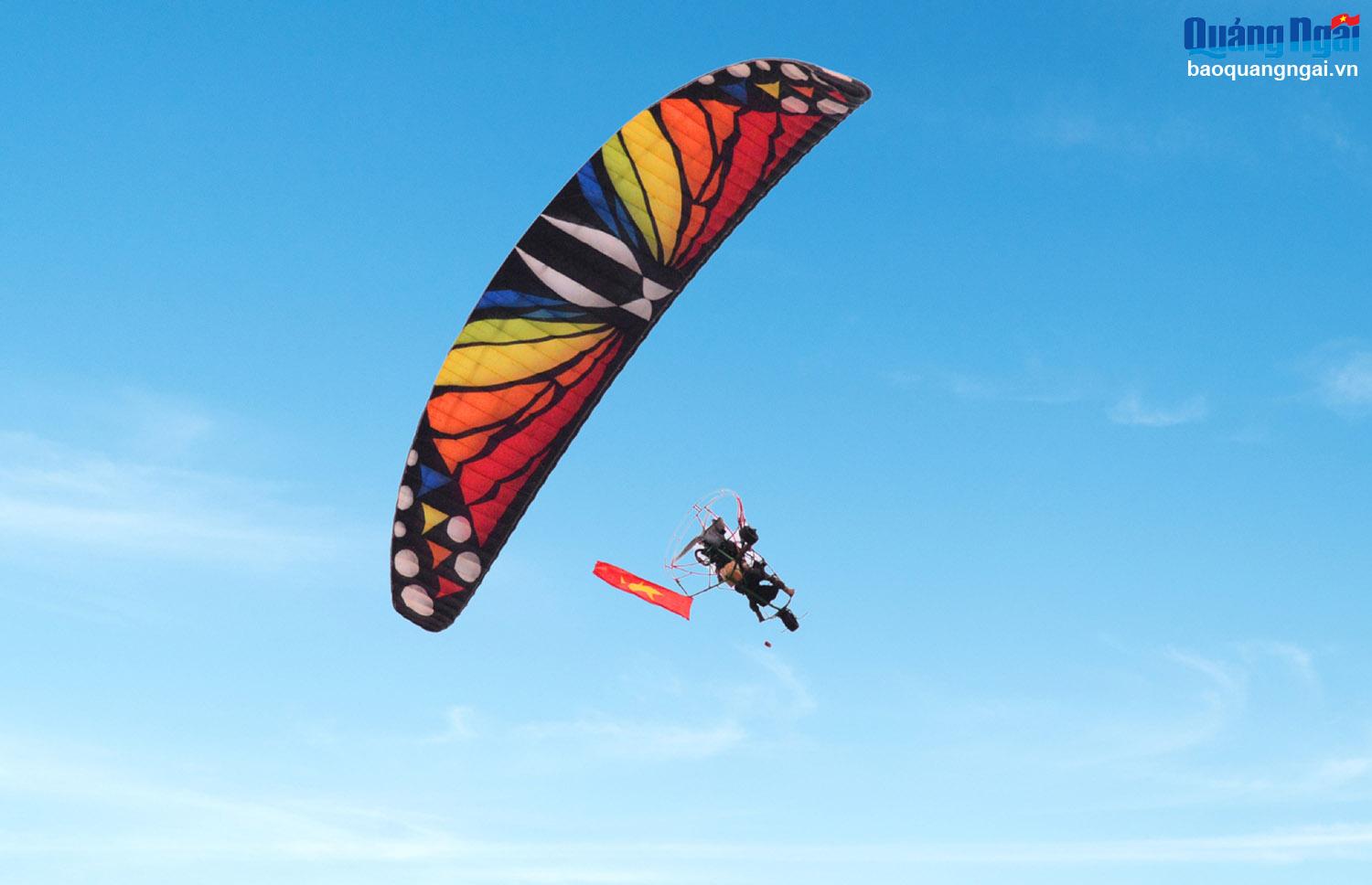

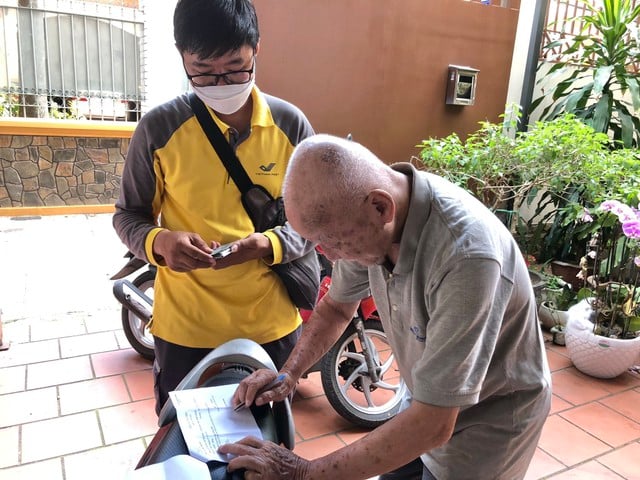









Comment (0)